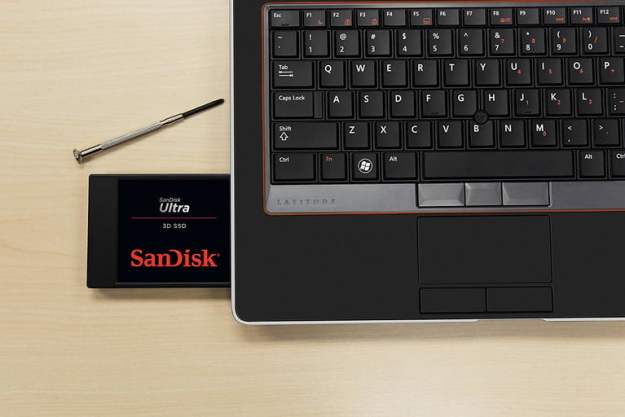
In December 2016, Microsoft hosted its annual WinHEC conference in Shenzhen, China. Video of the Windows Device Group’s Steve Dudgeon’s presentation on docking is now available online, and the footage reveals that the Creators Update will introduce support for the IEEE 802.11ad Wi-Fi protocol.
The protocol — better known as WiGig — allows devices to make wireless connections at multi-gigabit speeds. WiGig operates in the 60GHz spectrum, and can offer benefits in usage cases including high definition video streaming, virtual reality experiences, and wireless docking procedures.
In slides accompanying Dudgeon’s presentation, the inclusion of support for the 802.11ad protocol is referred to as “future proof,” according to a report from MS Power User. It’s clear that Microsoft hopes that Windows 10 can get ahead of the game in terms of wireless networking by introducing WiGig compatibility in early 2017.
This news will also benefit the Wi-Fi Alliance, the organization responsible for certifying Wi-Fi products and upholding the technology’s various protocols. Publicizing a new protocol like WiGig can be an uphill struggle — the 802.11ad specification was originally announced in 2009 — but being supported by the world’s most popular operating system is certainly a step toward truly comprehensive compatibility.
The Windows 10 Creators Update is scheduled to launch in spring 2017, but we still don’t have an exact date. Microsoft hasn’t released a new preview build to members of the Insider program in over a month, owing to a now-resolved problem with the update path.
Editors' Recommendations
- The latest Windows update is breaking VPN connections
- Microsoft plans to charge for Windows 10 updates in the future
- After 10 years of headaches, I’m finally a believer in Windows on ARM
- The Windows 11 update rollout has finally ended
- Windows 11 updates: Live Captions, improved touch controls


